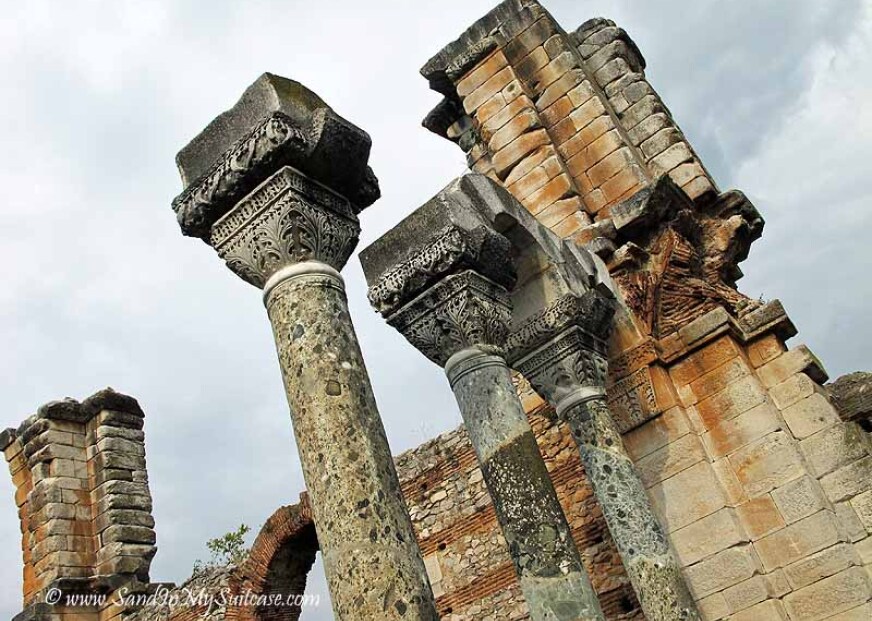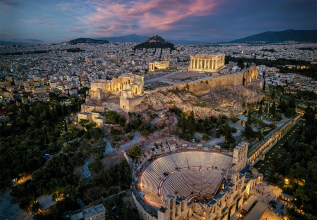The Philippi Ruins: Where history whispers in the breeze...

Listen carefully when you visit Philippi. Can you hear the gurgling of a baby? The cries of soldiers in battle? The quiet prayers of devout Christians? For history whispers in the breeze at the ruins of this ancient Greek city.
Rich Greek and Roman history
We explored Philippi as a shore excursion while on a Greek island cruise (it’s a 30-minute drive from the port city of Kavala in northern Greece).
Philippi was founded in 356 B.C. and named after King Philip of Macedonia, father of Alexander the Great. Later, when the city was a Roman colony, Julius Caesar’s assassins, Brutus and Cassius, fought Mark Anthony and Octavian at the great Battle of Philippi and were killed on the plains outside the city. You history buffs out there will know that Octavian then went on to become Caesar Augustus (the first Roman emperor) and formed the Republic of Rome.
Philippi is an active archaeological site
Half of the sprawling ancient city is still an active archaeological site.
A few days before we visited, archaeologists stumbled across a previously-undiscovered tomb of a prominent and notable person in nearby Amphipolis. It’s said to be the largest ancient tomb ever found in Greece (1,935 feet wide). The entrance is guarded by a pair of sphinxes, and two sculpted marble female figures, known as Caryatids, were found deeper inside. Could this be the long lost tomb of Alexander the Great? He’s thought to be buried in Alexandria. But perhaps not?
This exciting news made walking about the well-preserved ruins of Philippi quite fun. Would another significant new tomb or archaeological object be found in future, right where we were stepping?
We saw the amphitheater and stone walls of shops at the market. Somehow we missed the public marble toilets. But here’s a fun tidbit we were told: “Slaves sat first on the marble toilets, which were cold, to warm them up for their masters.”
St. Paul and the beginning of Christianity in Europe
The Christian apostle Paul left his mark in Philippi too. After arriving in 49 A.D., he gave a sermon, sowing the seeds of Christianity in Europe. A woman he baptized in the local river, Lydia, became the first European Christian.
But St. Paul ran into trouble after performing an exorcism of a young slave girl. He was flogged and thrown in jail – and we saw the small cell where he was imprisoned.
The story then goes that a sudden earthquake broke open the doors of the prison. Terrified at the thought of a jailbreak, his jailer decided to kill himself. But Paul reassured him the prisoners would stay, and the jailer converted to Christianity. Magistrates later set Paul free.
Philippi continued to be occupied for hundreds of years but was eventually abandoned in the late 14th century. The first modern-day excavations began in 1914.
Article by Janice and George Mucalov www.SandInMySuitcase.com www.facebook.com/SandInMySuitcase https://twitter.com/SandInSuitcase





